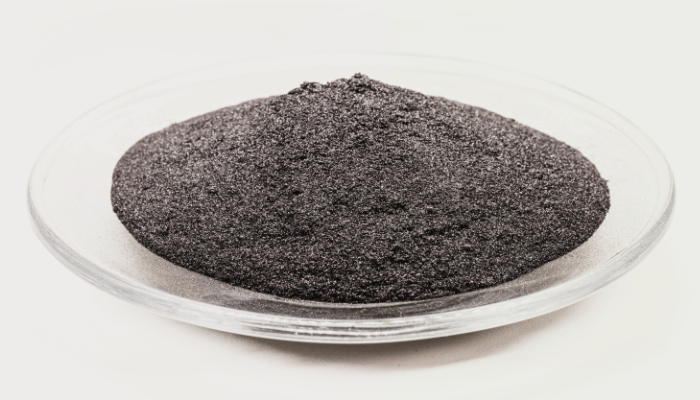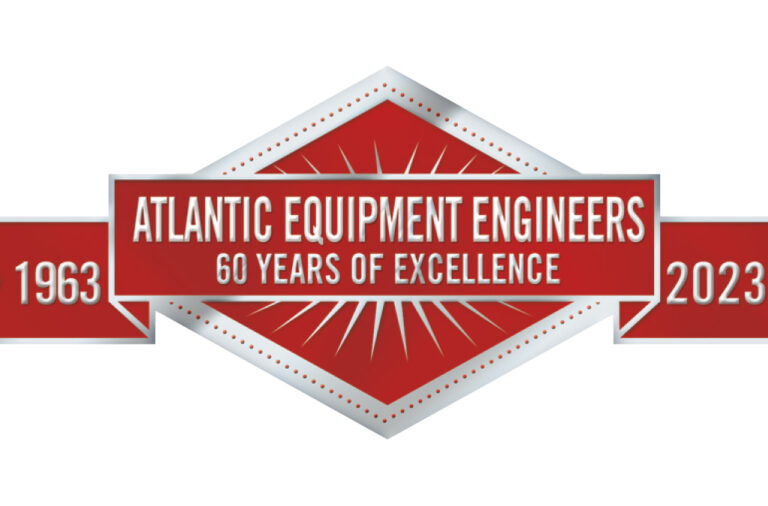Your Go-To Vanadium Powder Supplier: Atlantic Equipment Engineers

-
VA-201
VANADIUM DIBORIDE POWDER
- Formula VB2 72.56
- Purity 99.5% min
- Particle Size 1-5 Micron
-
VA-103
VANADIUM POWDER
- Formula V: 50.942
- Purity 99.8% min
- Particle Size 150 - 50 microns
-
VA-302
VANADIUM CARBIDE POWDER
- Formula VC 62.95
- Purity 99.997%
- Particle Size 12 micron APS
-
VA-101-S
VANADIUM POWDER, SPHERICAL
- Formula 23 V 50.942
- Purity 99.5% min
- Particle Size 15-75 microns
What Is Vanadium Powder?
Vanadium is a hard, malleable transition metal with a silver-gray color. It carries the chemical element symbol “V” and the atomic number 23. Vanadium powder is a fine, metallic powder that is produced through various industrial processes, such as the reduction of vanadium oxide compounds with hydrogen or other reducing agents.
Vanadium powder is used in a variety of applications due to its unique properties. It is often alloyed with other metals to improve their mechanical properties. For example, when alloyed with steel, vanadium increases its strength, toughness, and corrosion resistance. Vanadium steel is used in applications where high strength and durability are required, such as for automotive parts, in tooling, and in construction materials.
Vanadium powder is prized in the electronics manufacturing space for its role in producing certain types of electronic components or as a precursor for thin-film deposition processes.
Vanadium-based compounds, such as vanadium pentoxide, are also used in certain types of rechargeable batteries. These are known as vanadium redox flow batteries (VRFBs), which are used for grid energy storage applications.
Finally, vanadium compounds are used as catalysts in various chemical reactions, particularly in the production of sulfuric acid and similar chemicals.

What We Offer
We supply a range of vanadium powder products suitable for various industries and applications, including electronics manufacturing, energy storage, chemical engineering, and much more. Our vanadium powders are available in a range of particle shapes, particle sizes, and purity levels, so no matter your requirements, we are sure to have the right product for you. We also stock a limited range of vanadium compound powders, including vanadium diboride and vanadium carbide, as well as solid vanadium products such as vanadium pieces and titanium aluminum vanadium powder and pieces.
We keep most of our vanadium powder products in stock for convenient, immediate shipment.
Why Turn to Atlantic Equipment Engineers
Since we launched our company in the 1960s, we have grown our reputation as a leading supplier of quality and high-purity materials, including unusual and hard-to-find metals and metal powders. Our clients across a wide range of industries rely upon us to get them the materials they need, when they need them.
As we are an ISO 9001-certified company, you can rest assured that you will receive only the highest-quality vanadium powder products from Atlantic Equipment Engineers.
Our dedicated team is on hand to offer advice and support. With unrivaled product customization options, safe and secure shipping, and a Blanket Delivery Service designed to save you time and money, AEE is the go-to choice for all your metal, metal powder, and metal compound needs.

Q: Where Does Vanadium Come From?
Vanadium is a naturally occurring chemical element found in various minerals, ores, and fossil fuels.
Vanadiferous titanomagnetite is the most significant source of vanadium. It is often found in titanomagnetite ores—iron ore deposits containing titanium and vanadium. These ores are mined in countries such as South Africa, Russia, China, and Brazil.
Vanadium can be extracted as a byproduct during the processing of uranium ores. Many uranium deposits contain significant concentrations of vanadium, and its extraction can be economically viable alongside uranium mining.
Some phosphate rocks contain substantial amounts of vanadium. In regions where phosphate mining is prevalent, these rocks can serve as another valuable source of vanadium.
Vanadium can also be found in coal deposits and oil sands. During the combustion or processing of coal and oil sands, vanadium may be released and concentrated in byproducts such as fly ash or petroleum residues.
Once extracted from its various sources, vanadium is processed and refined using chemical and metallurgical techniques to obtain pure vanadium metal or vanadium compounds for industrial use.
Q: How Is Vanadium Used?
Vanadium has many uses due to its versatility and unique properties. It plays a role in technological advancements, infrastructure, energy storage, and environmental sustainability.
One of the primary uses of vanadium is as an alloying element in steel production. Vanadium steel, often referred to as high-strength low-alloy (HSLA) steel, exhibits superior strength, toughness, and wear resistance compared to pure steel or other alloys. This material is used in applications such as the creation of structural components for buildings and bridges, as well as pipelines, automotive parts, and tooling. Vanadium steel is also often used to produce high-end cutlery.
Vanadium alloys are used in aerospace and defense applications such as aircraft components, missile structures, and armored vehicles due to their high strength-to-weight ratio and their resistance to fatigue.
Vanadium compounds serve as catalysts in various chemical reactions. For example, vanadium pentoxide is used in the production of sulfuric acid, one of the most widely used industrial chemicals. Vanadium catalysts also play a role in the oxidation of organic compounds and in certain petrochemical processes.
Vanadium-based redox flow batteries (VRFBs) are emerging as a promising technology for grid-scale energy storage. VRFBs store energy in the form of vanadium ions dissolved in an electrolyte solution, offering key advantages such as scalability, a long cycle life, and high efficiency. They are used for renewable energy integration, load leveling, and backup power applications.
Vanadium compounds are also used in electronics manufacturing, particularly in the production of certain types of electronic components and semiconductor devices. For example, vanadium oxide thin films exhibit properties suitable for applications in sensors, optoelectronics, and smart glass coatings.
Vanadium-based catalysts are employed in catalytic converters used in automobiles to reduce harmful emissions from exhaust gases by converting pollutants such as nitrogen oxides (NOx) and carbon monoxide (CO) into less harmful substances.
Finally, vanadium compounds have shown potential in medical research and pharmaceutical applications. They are currently being investigated for their insulin-mimetic properties and potential therapeutic effects in the fight against diseases such as diabetes and cancer.
